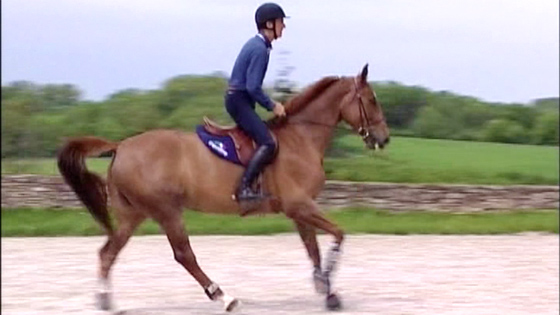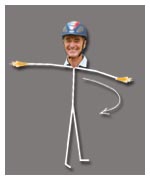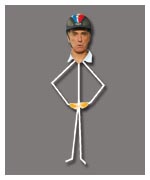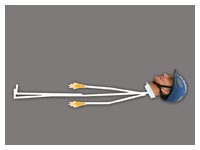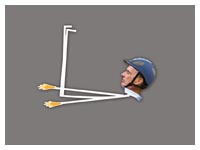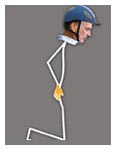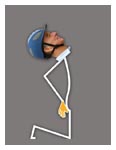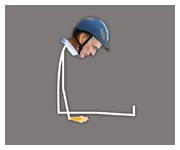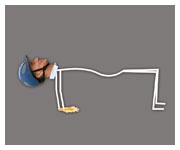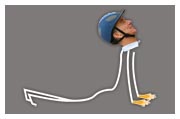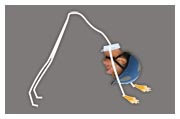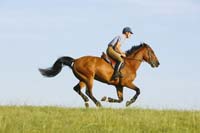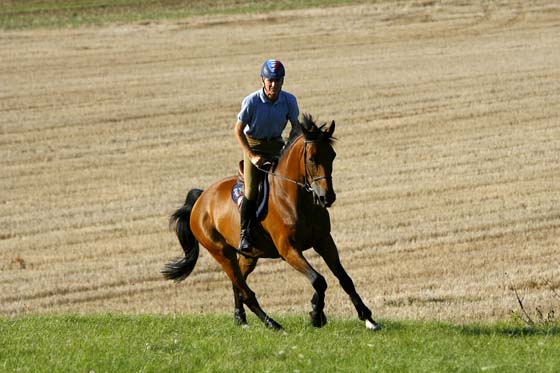Horse's back, the most engaged area
The sport horse’s back is the most engaged area of his body and the most fragile. We have to pay a particular attention to the area from the withers to the base of the tail. Most pathology, including lameness, takes root in the malfunction of the top line. It’s pretty obvious that a horse with back pain will not be able to perform any athletic activity (...)
A strong back is not a priority for wild horses. However, when horses have to carry the weight of a rider and perform specific movements such as jumping or dressage figures, it becomes vital to shape their body in order to adapt it to the physical strains implied by being ridden.
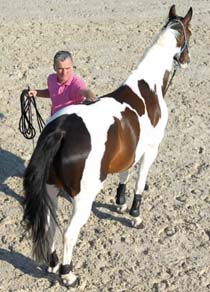 The sport horse’s back is the most engaged area of his body and the most fragile, We have to pay a particular attention to the area from the withers to the base of the tail. Most pathology, including lameness, takes root in the malfunction of the top line. It’s pretty obvious that a horse with back pain will not be able to perform any athletic activity.
The sport horse’s back is the most engaged area of his body and the most fragile, We have to pay a particular attention to the area from the withers to the base of the tail. Most pathology, including lameness, takes root in the malfunction of the top line. It’s pretty obvious that a horse with back pain will not be able to perform any athletic activity.
Even though a good osteopath can bring some relief to the horse, it will always be wiser eliminate the origin of the pain: rider’s improper position, a non suited fitness program… Saddles with trees that are too flexible or too stiff or with bad flocking can also be the root of important pathology.
Pay also attention to girths. If too narrow, they can lead to pain on the sternum and as a result to the withers area.
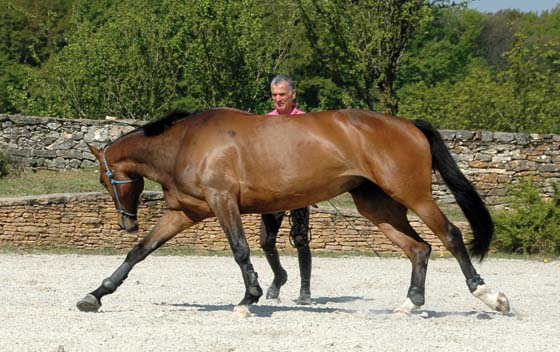
Ground work is recommended to strengthen the muscles of the horse top line. For that, his joints must move in their natural axis, as we would not be able to reach a strong muscle structure if the horse works in the wrong way. I must insist on this point. The position of the horse under saddle favourable to strengthen his muscle structure, is the one where the horse rounds his back up in order to promote the vertebrae opening and the correct movement of every joints. The idea is to stretch the entire top line in order to improve the pushing strength and allow the energy to flow as free as possible from the hind legs to the mouth with no blocking zone. It’s only under that condition that we can speak about the useful muscle building strength.


